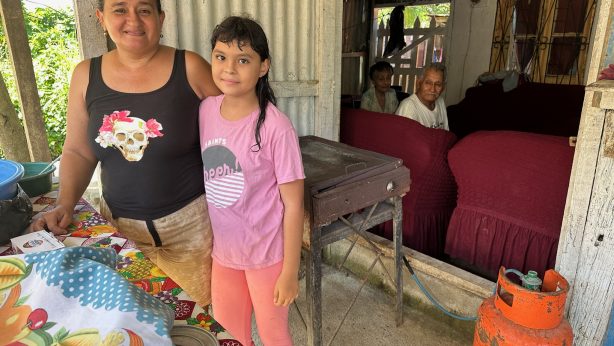Can Microfinance End Poverty? An Excerpt from a Microfinance Advocate
In a recent RESULTS national conference call, Nicholas Kristof, of the New York Times, opened his comments with the remark that it now appears that microfinance, while helpful, is not transformative. The term stemmed from a recent report published in the American Economic Journal on six recent randomized control trials that purport to demonstrate that microfinance is not “transformative”.
It is difficult to define what is meant by “transformative”. Apparently the idea is that borrowers’ lives are not fundamentally transformed out of poverty by microfinance. What this seems to miss is that microfinance institutions don’t just do microfinance. Adelante Foundation and large number of other MFIs also provide various kinds of education for business management, financial literacy, health awareness and hygiene, literacy and writing, skills training workshops, and more. Furthermore, most MFIs dedicated to poverty alleviation require and promote savings programs of many kinds. Many are also involved with cell phone dissemination (one thinks of the Grameen Phone company in Bangladesh), and mobile banking.
Housing services have also proved beneficial, through home purchase or home improvement loans. Adelante Foundation’s Home Improvement Loan has helped numerous women and their families enjoy secure and sanitary living conditions. Around the world, MFIs are involved with cookstoves, solar energy, clean water projects, and pit latrine projects. Another largely unrecognized role of microfinance institutions is that of first responder after major disasters like hurricanes, floods, earthquakes, and wars.
Since many areas of the world where microfinance is common are rural, many different types of loan products have been developed where repayment for agriculture production is made after the harvest. Adelante Foundation has catered such a loan to some of the poorest communities in Honduras in the western highlands of Intibucá, where clients have expressed their gratitude for access to such credit.
Finally, and sadly, death or sickness of a child, or spouse, or other family member is very common among poor communities around the world. It is not widely recognized that microfinance lending groups provide emotional support and microfinance institutions provide financial support through burial insurance or loan repayment insurance.
So to answer the question posed in the title: Can Microfinance End Poverty? If the question assumes that microfinance alone can transform people’s lives so they are no longer in poverty, then the answer is definitely “no” for the average borrower (although there are many exceptions in a group as large as 250 million people). However, if the question is asked with the assumption that microfinance, with additional training and support and innovative services, and with partnerships in health, education, water, sanitation, telecommunications, and so on, then the answer to the question is a resounding “yes”.
Currently, all indicators are that extreme poverty has been reduced in the last 15 years and will continue to be reduced in the next 15 years. Happily, the Millennium Development Goal #1 (to cut the percentage of absolute or extreme poverty in half by 2015), has already been reached. World Bank President, Jim Kim, has called for a movement to end extreme poverty by 2030. Microfinance has played a significant role in the reduction of poverty worldwide so far and it will continue to play an important role in poverty alleviation, in partnership with all of the other players in the global movement to end extreme poverty.


